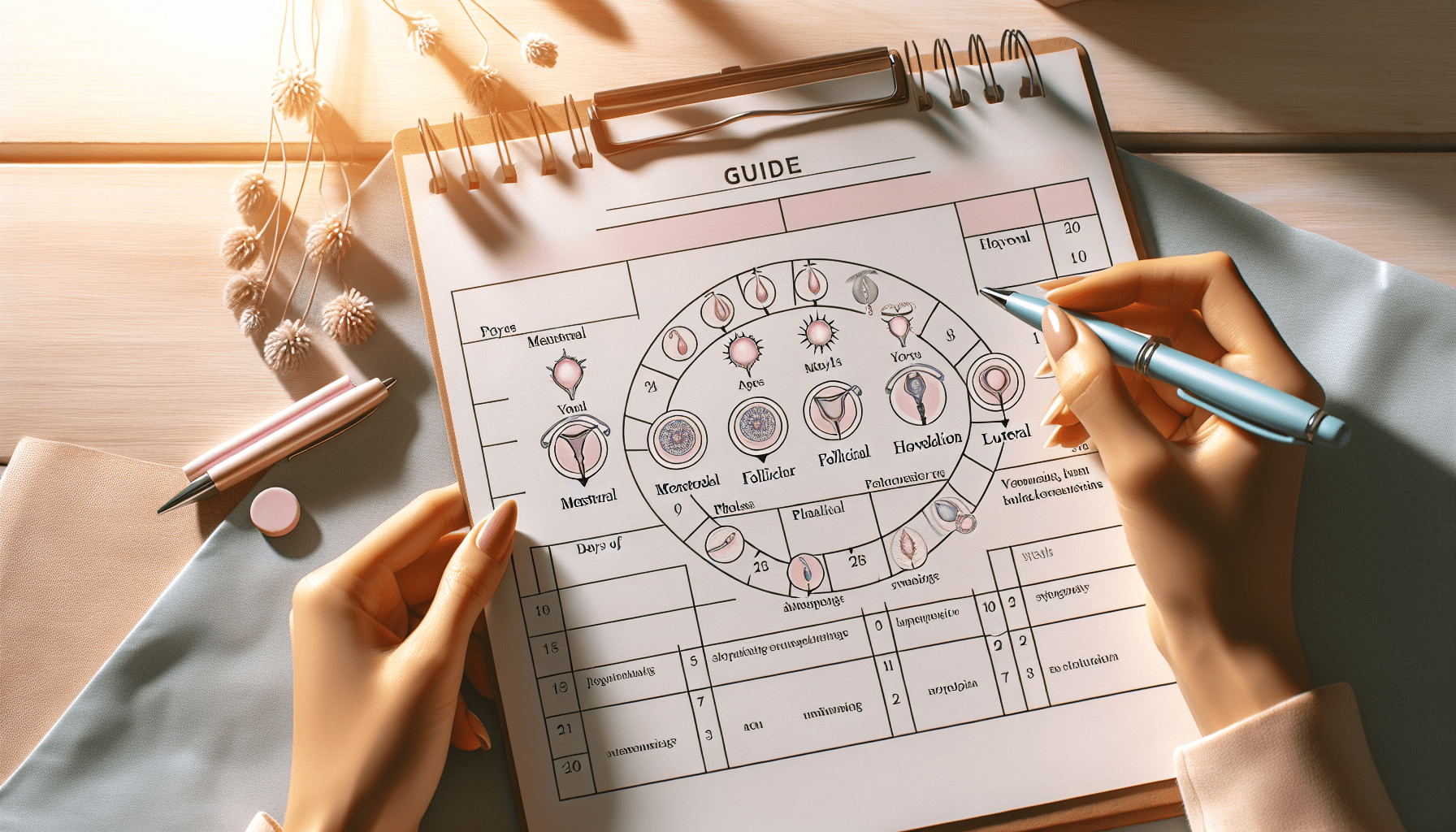Menstrual cycle phases
Welcome to Bravoshe, where we believe in empowering women through thoughtful and purposeful hygiene and care products. Our mission is to redefine self-care for women by providing them with the knowledge and tools to take control of their menstrual cycle. Understanding the different phases of your menstrual cycle is crucial for monitoring your reproductive health, planning pregnancy, and keeping track of any irregularities. In this step-by-step guide, we will walk you through each phase of the menstrual cycle and provide tips for tracking them effectively.
Phase 1: Menstruation
The first phase of the menstrual cycle is menstruation, commonly referred to as your period. This phase typically lasts for 3-7 days and involves the shedding of the uterine lining. To track your period accurately, start by marking the first day of your period on a calendar or using a period tracking app.
Phase 2: Follicular Phase
After menstruation ends, your body enters the follicular phase. During this phase, the pituitary gland releases follicle-stimulating hormone (FSH), which stimulates the ovaries to produce follicles. These follicles contain eggs that will mature throughout the phase. Tracking the symptoms and changes in your body during the follicular phase can help you identify patterns in your menstrual cycle.
Phase 3: Ovulation
Ovulation is a crucial phase for those trying to conceive. It occurs around day 14 of a 28-day cycle but can vary for each individual. Ovulation happens when a mature egg is released from the ovary and travels down the fallopian tube. The egg is viable for fertilization for about 24 hours. Understanding when you ovulate can greatly increase your chances of getting pregnant. You can track ovulation through various methods, such as monitoring changes in cervical mucus, using ovulation predictor kits, or tracking basal body temperature.
Phase 4: Luteal Phase
The luteal phase begins after ovulation and lasts until the start of the next menstrual period. During this phase, the empty follicle transforms into the corpus luteum, which produces progesterone to prepare the uterus for potential pregnancy. Tracking any physical or emotional changes during the luteal phase can give you insights into your hormonal balance and overall well-being.
Period tracking app
Nowadays, technology has made it easier to track your menstrual cycle with the help of period tracking apps. These apps allow you to record the start and end dates of your period, track symptoms, monitor fertile windows, and predict future menstrual cycles. They can also provide useful reminders and educational resources about reproductive health. Popular period tracking apps include Clue, Flo, and Glow. Choose an app that suits your preferences and start monitoring your menstrual cycle effortlessly.
Calendar method contraception
The calendar method, also known as natural family planning, is a contraceptive technique that involves tracking your menstrual cycle to identify fertile and non-fertile days. If you are not planning to conceive, you can use the calendar method to avoid unprotected sex during your fertile window. To practice this method effectively, you need to have a regular menstrual cycle and track it consistently for several months. Remember that the calendar method is not as reliable as other forms of contraception, so it’s essential to use additional protection if you are not ready for a pregnancy.
Fertile window calculation
Calculating your fertile window is key to understanding your chances of getting pregnant. Your fertile window is the time in your menstrual cycle when you are most likely to conceive. It includes the days leading up to and including ovulation. To calculate your fertile window, you need to know the average length of your menstrual cycle. Subtract 14 days from the length of your cycle to estimate the approximate day of ovulation. For example, if your cycle is 28 days long, your fertile window is likely to be around days 12-16. Keep in mind that this is a general calculation, and individual variations can occur.
Menstrual cycle irregularities
While most women have regular menstrual cycles, it’s common for some to experience irregularities. Irregularities can manifest as changes in cycle length, heavy or light periods, skipped periods, or other abnormalities. If you notice any significant changes in your menstrual cycle, it’s important to consult a healthcare provider for further evaluation. Tracking these irregularities and sharing the information with your healthcare provider can aid in the diagnosis and treatment of any underlying conditions.
Remember, every woman’s menstrual cycle is unique, and it’s essential to find a tracking method that works best for you. By paying attention to your body’s signals and using the tools available, you can gain valuable insights into your reproductive health and take control of your menstrual cycle.

Intimate lightening serums are formulated to lighten dark spots or





